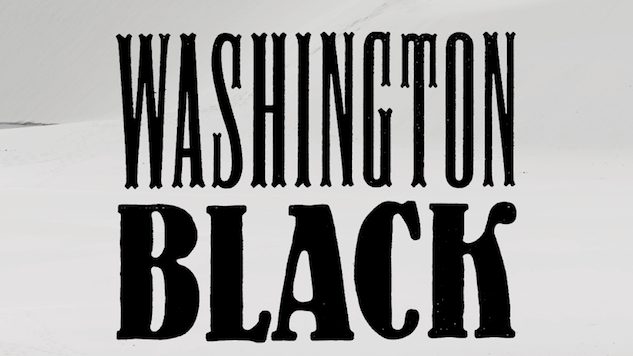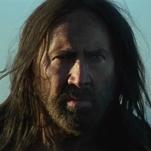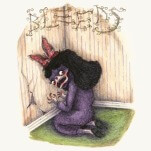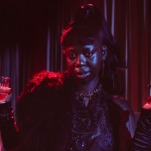In Washington Black, Esi Edugyan Reveals the Highs and Horrors of Science

It’s not some deific whim that lifts Washington “Wash” Black from slavery in the Barbadian cane fields and deposits him on the barren ends of the earth. Instead, science proves the motivating factor behind Esi Edugyan’s picaresque, exigent and painful search for fact—or fervent belief in what was then called fact—in her Man Booker Prize shortlisted novel, Washington Black.
 Eleven-year-old Wash is chosen by his slavemaster’s brother, a naturalist named Christopher “Titch” Wilde, to become a manservant, because Wash is the perfect size to act as ballast in the brother’s hot air balloon-like craft. Titch soon decides to have Wash become his assistant, eventually discovering the boy’s preternatural talents as an illustrator. It’s science that bears the pair aloft from Faith Plantation to a temporary haven in Virginia. And it’s through science that we learn what little we do of Titch’s scar, the phantom rictus traced along his cheeks.
Eleven-year-old Wash is chosen by his slavemaster’s brother, a naturalist named Christopher “Titch” Wilde, to become a manservant, because Wash is the perfect size to act as ballast in the brother’s hot air balloon-like craft. Titch soon decides to have Wash become his assistant, eventually discovering the boy’s preternatural talents as an illustrator. It’s science that bears the pair aloft from Faith Plantation to a temporary haven in Virginia. And it’s through science that we learn what little we do of Titch’s scar, the phantom rictus traced along his cheeks.
Wash’s talent for scientific illustration endears him to the powerful white men in his life, even as it sets him apart from his fellow black men. It’s a shining light in a shadowed age, throwing into relief the inequities and disastrous wrongs of the societies, Caribbean and continental, in which he moves. In the severe outposts of science above the Arctic circle and in the African desert, in the tidal pools and beneath the gunmetal waters of the North Atlantic, Wash discovers an entire existence impossible to imagine from the shacks and savagery of slavery.
-

-

-

-

-

-

-

-

-

-

-

-

-

-

-

-

-

-

-

-

-

-

-

-

-

-

-

-

-

-

-

-

-

-

-

-

-

-

-

-








































